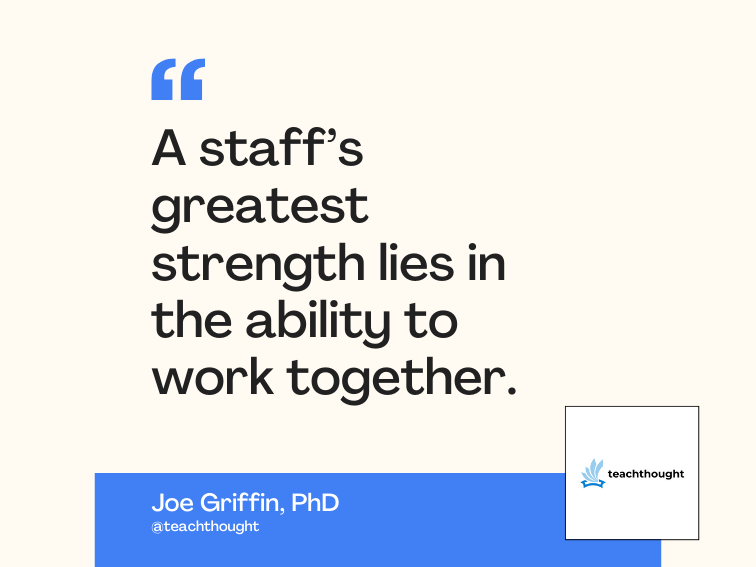Sun redraws Java blueprint around Web services
XML-based Web services seen as critical for the Internet’s next jump forward
June 5, 2001— In the latest move in its competition with IBM and Microsoft, Sun this week at its JavaOne developer conference will leave no room for doubt: The Web services race is on and Sun is in the running.
As next-generation software development converges around XML-based standards, Sun this week will recast the Java 2 Enterprise Edition (J2EE) and its own products to coexist with Web services standards. Sun’s competitors, notably BEA Systems and IBM, will also detail their plans to tie Java and Web services at the conference.
Sun officials argue that the Web services concept — Web-centric applications loosely coupled with XML — breathes new life into Java development and its Sun ONE framework.
“With Web services you can argue that all you need is XML,” said George Paolini, Sun’s outgoing vice president of technology evangelism and marketing in Palo Alto, Calif. “But you still need applications to run your business logic.”
In a bid to get more developers to build those applications with Java, Sun will make several announcements detailing new Web services support in its iPlanet Application Server products and Forte development tools.
Developers will get access to a J2EE Service Pack designed to simplify the creation of XML-based services. “You will be able to visually develop Enterprise JavaBean [EJB] components, assemble them into J2EE applications, and then automatically deploy them to the iPlanet Application Server,” said Sanjay Sarathy, director of product marketing for the Application Server Group at Sun. The Service Pack will be available soon for developers to download and will become part of J2EE with the Version 1.4 release sometime next year.
The iPlanet Web Server release 6.0, generally available on June 4, will include a feature designed to please service providers. “You will be able to run up to 4,000 virtual servers off of one instance of the Web server,” Sarathy said.
Sun also will seek to make its Forte for Java development environment more attractive to less technically savvy developers. One feature, called Java Web Services Designer, will allow Web developers who work with Macromedia’s Dreamweaver or Adobe’s GoLive products to access an XML services-based registry.
“Web designers typically aren’t Java programmers,” said Stans Kleijnen, vice president and general manager of the Forte Tools group at Sun. “This feature allows those who use HTML authoring tools to take advantage of Java via XML.”
Also included in Forte for Java release 3.0, due this summer, is a set of wizards that will automatically bind Java and XML so that developers can more easily create Web services and publish them in a registry.
Enterprise users are hungry for XML-friendly products. Some early users have started committing to Web services on Microsoft’s competing .NET platform.
“We would very much like to expose J2EE server data through XML and then transcode it into a format such as WAP [Wireless Application Protocol] for display on mobile phones … to improve our location-based services,” said Will Wilbrink, Java solutions architect at MapInfo in Troy, N.Y.
Application server market leader BEA in San Jose, Calif., will also detail its Web services push at JavaOne. The company claims it has beefed up its WebLogic product with a new integration server as well as new versions of the application server and portal server.
WebLogic Integration Server Version 2.0 will combine functions previously found in WebLogic Collaborate and WebLogic Integrator. The product will come with a J2EE connector architecture aimed at encouraging developers to create connections to enterprise applications such as PeopleSoft.
Developers will be able to extend connectivity outside of the J2EE environment by mapping data directly to Web Services via existing standards.
IBM, meanwhile, will be demonstrating added support for these Web services standards in WebSphere Version 4, which will ship next month.
Chris Dial, an analyst at Forrester Research in Cambridge, Mass., is not surprised to see Web services get such prominent play with the Java community.
“Integration is the issue,” Dial said. “Web services with XML give companies a way to expose the functionality in back-end systems without having to hassle with complex things such as CORBA and RPC [Remote Procedure Calls].”
Users say this simplicity and connectivity will allow them to tap in to third-party Web services and better leverage their own software assets.
“We believe Web services will be a big step forward in what we can offer our customers,” said Chalon Mullins, technical director of infrastructure strategy and architecture at Charles Schwab, in San Francisco.
“Given what these vendors are saying about Web services, it makes a lot of sense for us to look into how they can be used to tap in to our host-based capabilities and make them more accessible to our business partners and suppliers,” said Robert Hayden, a purchasing agent with a large Nebraska-based food distributor.
Some Sun competitors claim that Java becomes less important with the rise of Web services standards.
“We have always said Java is one part of the standards platform for e-business, but it is not the only part. Sun and its followers like BEA have largely viewed Java as the environment,” said Scott Hebner, product marketing manager at IBM in Somers, N.Y.
But users already invested in Java technology are sticking with it.
“XML will only move data around, and it still can have some issues with heavy lifting,” explained Gail Smith, senior vice president of front-office development and integrated support services at the Bank of Nova Scotia, based in Toronto. “For really heavy-lifting online performance, I won’t use XML. I’ll use pure Java because I don’t have extra overhead on the parsing side. … It doesn’t replace Java. It doesn’t take away the need for Java.”
Additional reporting by Eugene Grygo




